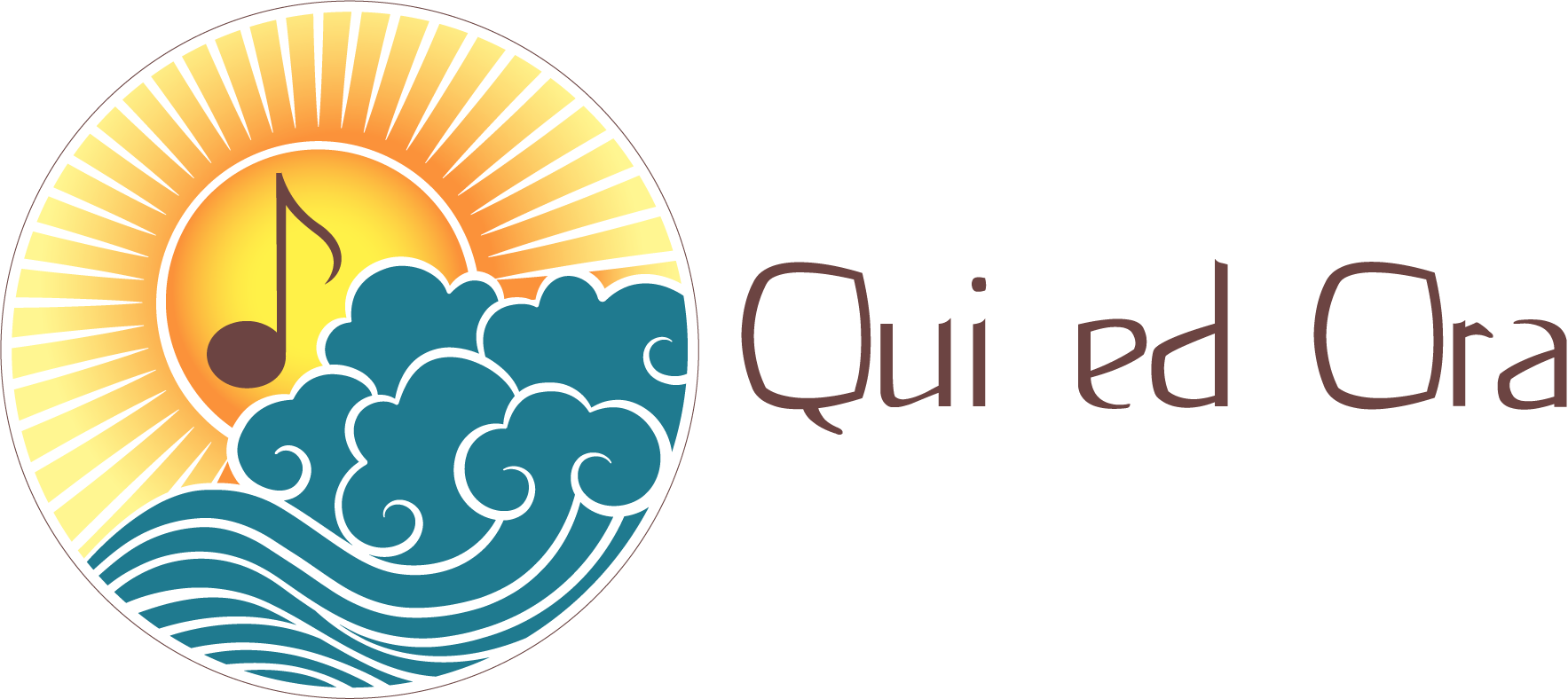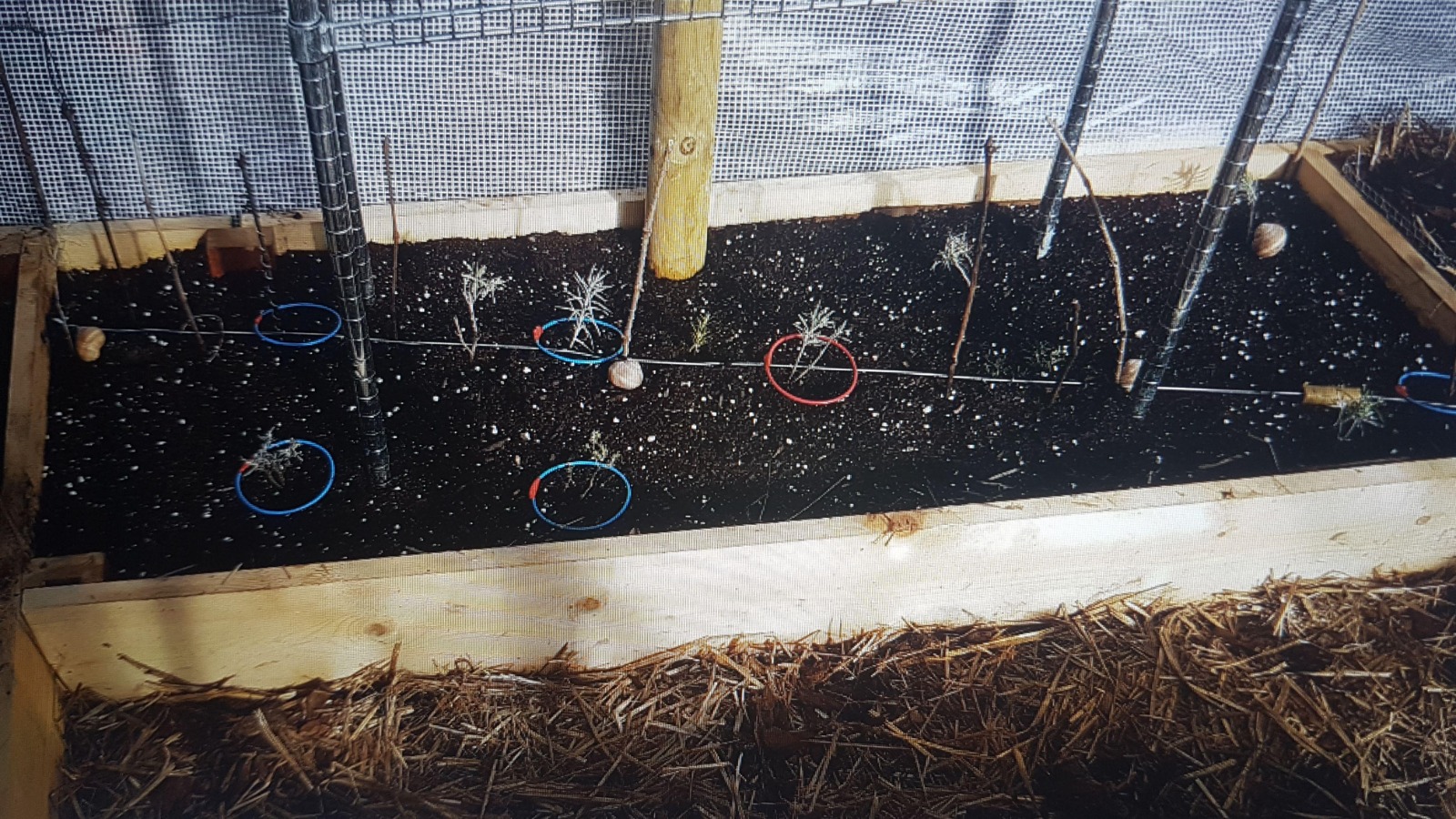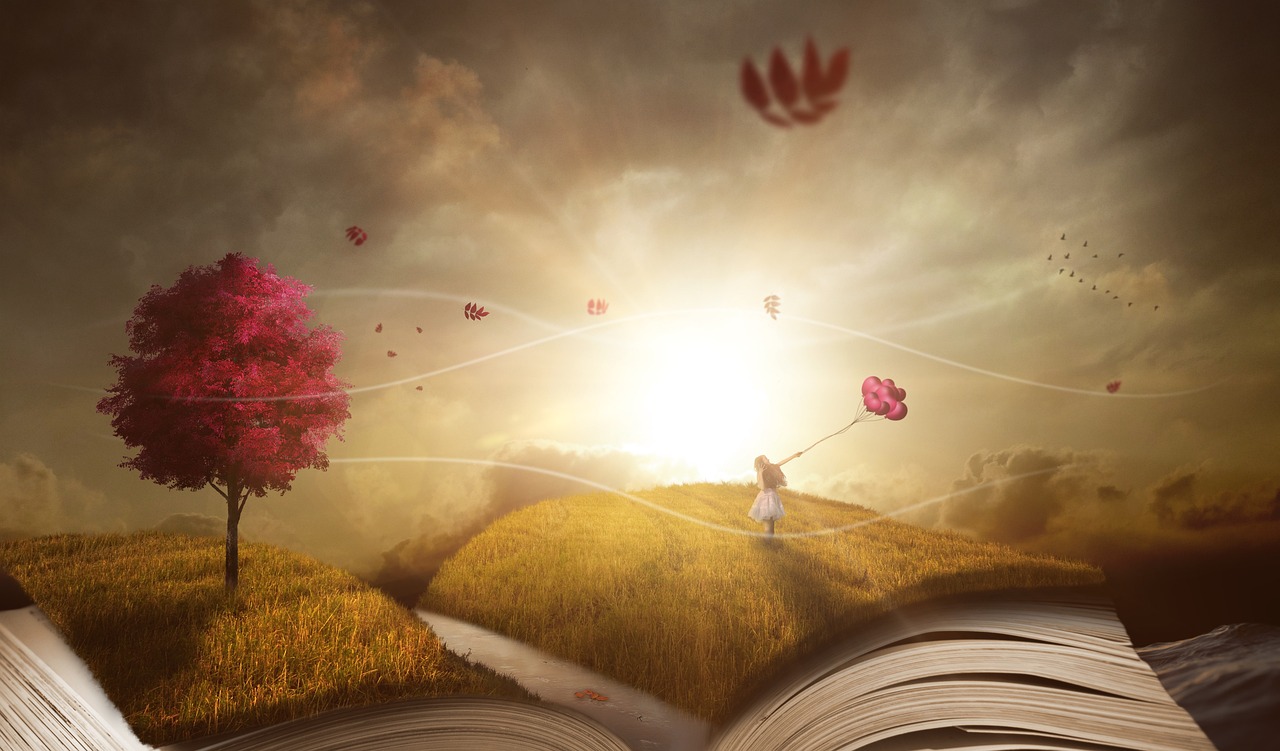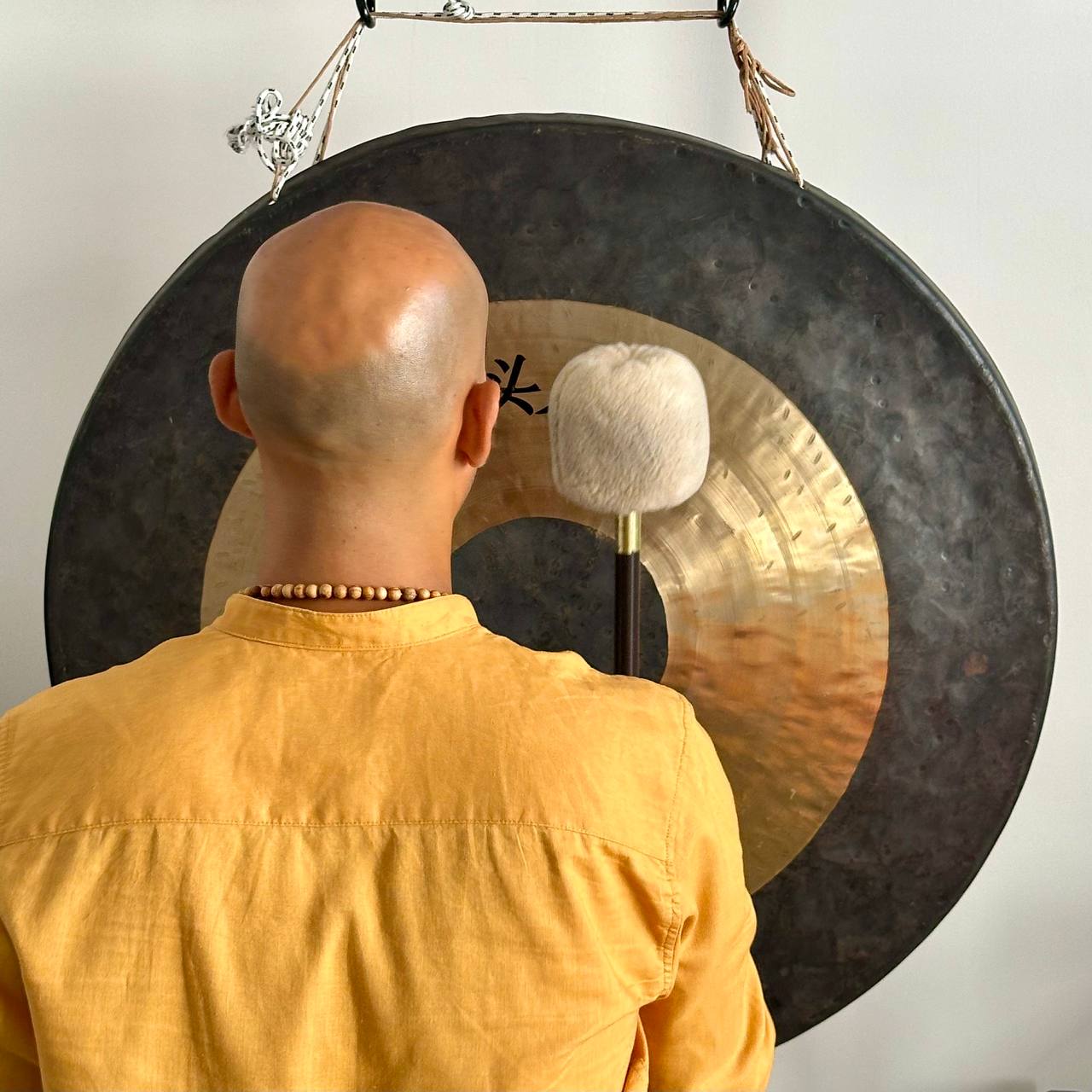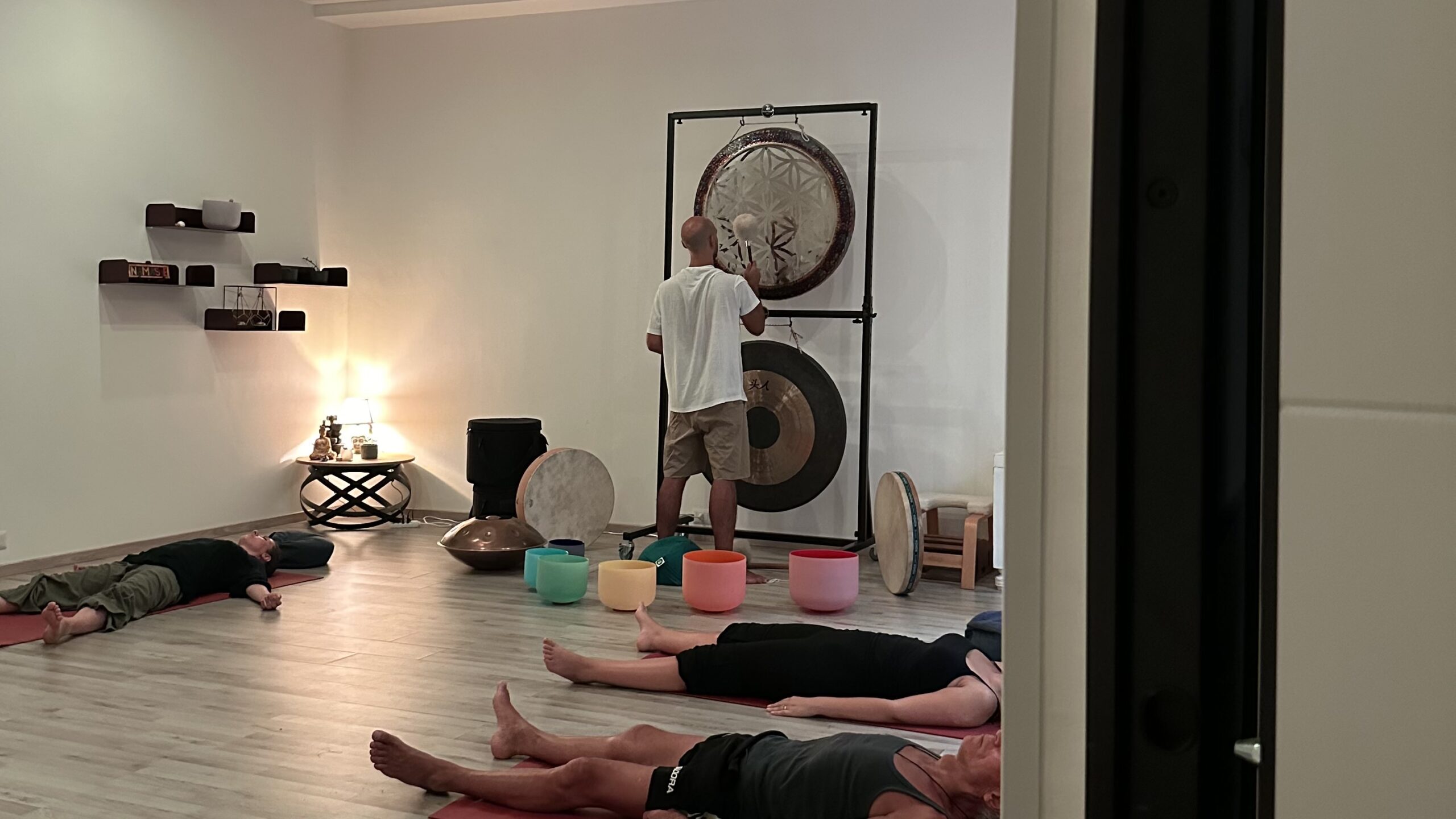In the last 160 years, over 600 scientists and researchers from all over the world have taken an interest in this topic and have conducted many experiments, especially in the first 30 years of the 1900s. We talk about it and re-experience it only in the last 15 years of this century , when the need to find eco-sustainable strategies in agriculture began to be felt again.
The definition of electroculture in the dictionary is the application of electricity to agriculture, with the aim of improving and increasing production. In fact, there are two different approaches to electroculture: A first approach uses low-voltage electricity (12 volts) in agriculture and nursery gardening, with a procedure that is as simple as it is effective: being the currents are conductor materials such as iron or copper, in the form of bars or spirals around which the plant twists. The experiments carried out (many of which are visible on Youtube) show how plants and even fruit trees grow stronger and healthier if “electrified”.
Another approach devised by the Dutch Yannick Van Doorne allows instead to use the energies available in nature, (such as electromagnetism, telluric or cosmic energy) through the forms geometric always built with conductive materials such as copper or iron, to stimulate and improve growth, production and resistance to parasites.
In Italy, the pioneer of electroculture is Andrea Donnoli, thanks to whom I learned the basic principles of electroculture and all the DIY electroculture techniques which I will list below and which I combined with Sound Therapy in the Green Harmonic Solutions research project, of which you can read an in-depth analysis here.
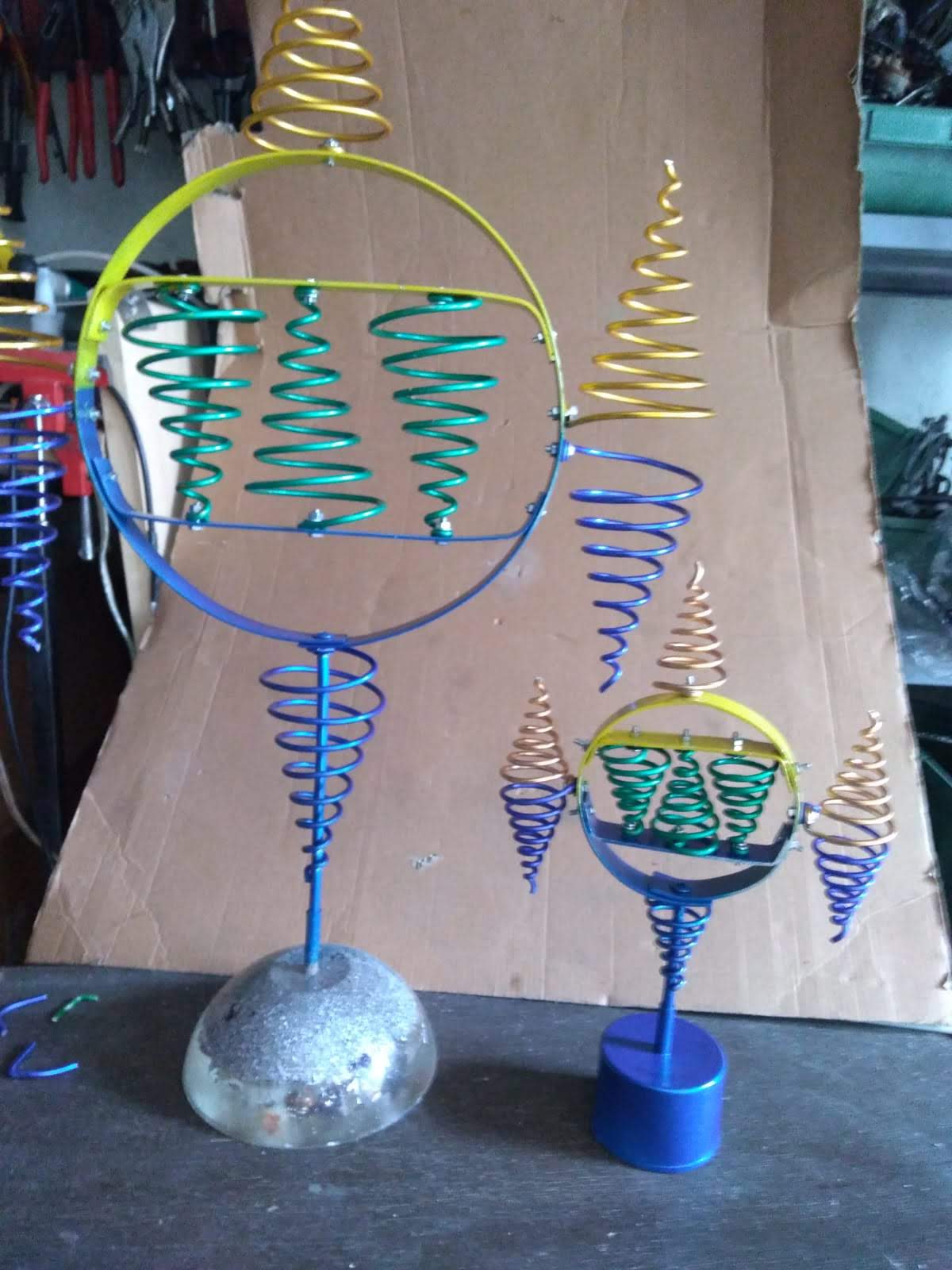
The basic principles of electroculture
1) Observe and interact
As demonstrated by Quantum Physics with Heisenmberg’s uncertainty principle, the observer actively modifies the observed reality. So in do-it-yourself electroculture the quality of observation is essential to better understand and know how each plant works in a different way in order to then act to regenerate the balance step by step by raising the energy level.
2) Capture and store energy
Understand how to use natural energy, coming from the sun, the wind, the earth’s magnetic field, atmospheric agents, always available, to improve the biorhythm of life. (By inserting more devices I can increase vitality at all levels: Plants, Animals, Man, Ecosystem)
3) Use and enhance renewable resources and services
Technologies and devices can be built anywhere and by anyone using raw materials such as copper, iron, aluminum and wood, easily recyclable or available at low cost cost. In this way, for example, it is possible to revive abandoned products, recycle, revitalize metals, objects, waste, electrical cables from old systems, scrapped appliances.
The applications are many and many still unknown (Man, Animals, Plants, Water… ecosystem… etc.), once implemented, nature will do all the rest with new dynamics and characteristics to be discovered and observed, with great interest, by chance Case by chance.
4) Do not produce waste:
Thanks to do-it-yourself electroculture, treatments and fertilizations are drastically reduced through a gradually set process, leaving the natural time for cultivation to reach equilibrium and accelerate production while respecting it.
5) Use small and slow solutions
There is the possibility of combining many solutions but the ideal is to grow step by step by implementing new solutions, being guided by curiosity and observation of nature in its life cycles.
6) Use and value diversity: “diversity is a strength”
During the experimentation and development of the electroculture system on a cultivation, I can insert new or known combinations with different approaches that derive from the integration between electroculture and permaculture, differentiating the risk based on the resilience demonstrated by the crops .
7) React to change and use it creatively
In nature, there are constantly new scenarios to explore. During the cultivation, it is essential to continue experimenting and observing over time, creating and discovering, constantly awakening curiosity and creativity.
Per approfondire l’integrazione dei principi base dell’Elettrocultura con la Musicoterapia, ti consiglio di leggere anche questo articolo.
TOOLS IN ELECTROCULTURE
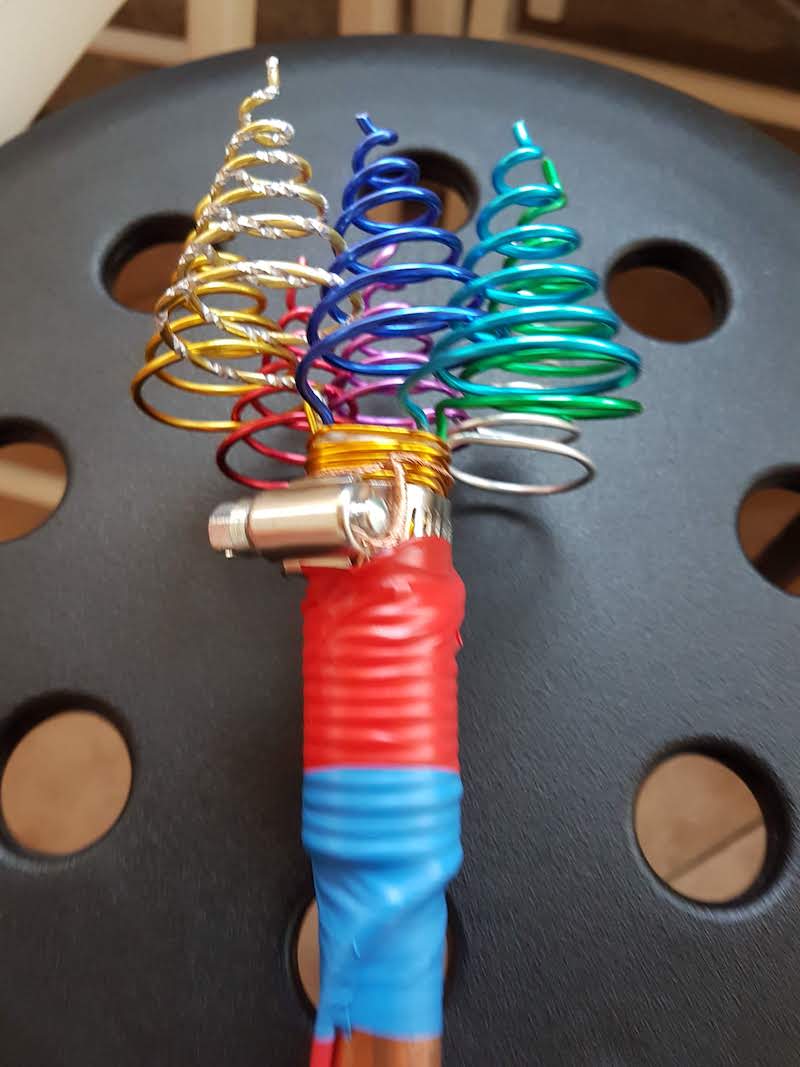
Lightning arrester
In 1934 Justin Christofleau patented an electroculture system which proved so efficient that it could increase crop yields by considerable proportions (up to 200%) without chemical fertilizers of any kind. It also prevented disease, helped protect plants and helped rejuvenate plants, and among other benefits, seed germination was shorter and yields were greatly accelerated.
The antenna can be used both in a small garden and in community gardens, both in a greenhouse and in the open field and is positioned south of the cultivation (directed towards the North) at a variable height based on the size of the field or greenhouse where it will be set up. Then connect the antenna with a copper electric cable , from top to bottom. Connect to the prepared galvanized iron cables, or present in the orchard / vineyard, or lay them, both at ground level, buried, or suspended on espaliers.
The lightning rod antenna uses aluminum or copper materials with magnets and is used to conduct cosmic energy directly to plants.
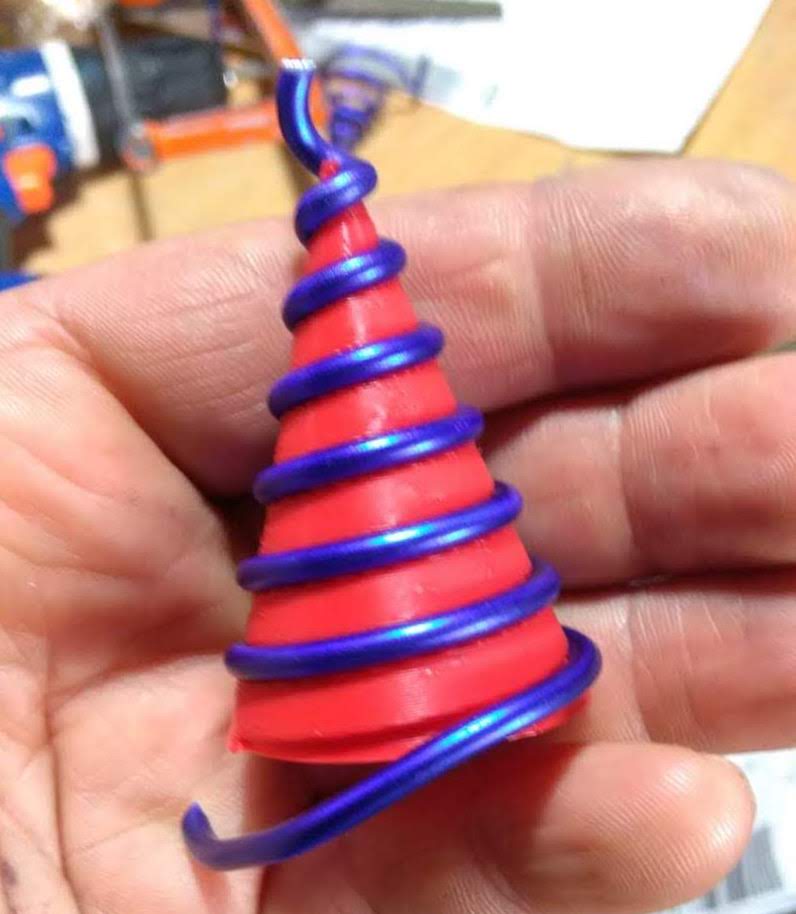
Spiral
Another interesting solution is the spiral which is created by following golden measures of various sizes following preformed cones. The spirals are made of copper and can also be mounted on the lightning conductor antenna to improve energy conduction or used individually to energize water.
With the spirals we are able to capture cosmic energy and telluric energy, going to amplify what is called Heaven-Earth Rhythm. Ascending spirals, typically yellow, utilize solar or cosmic energy. The downward blue spirals are in connection with the telluric energy of the earth. When the two merge, green is created.
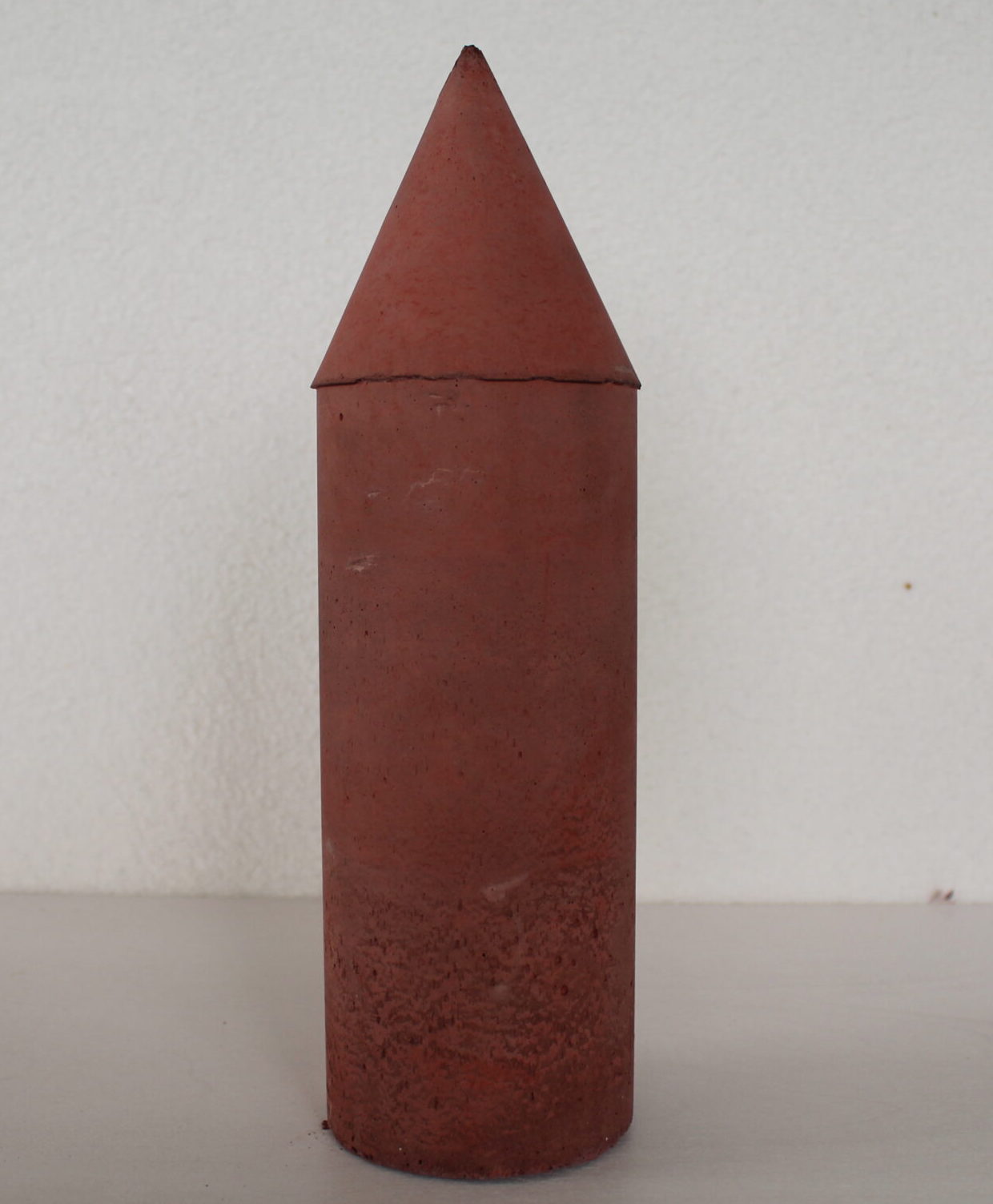
Energy Tower / Irish Basalt Tower
The energy towers applied in DIY electroculture are built in basalt.
Their action depends on the size and energy point where they are located. They can cover from 200-300 m2 up to 500-1000 m2 and even a few hectares depending on their size and location. They are usually located south of the field of action, on underground streams, Hartmann’s nodes and landslide zones such as faults.
Lakhovsky ring
In January 1925 the scholar George Lakhovsky chose a geranium plant, among many which had previously been inoculated with cancer, surrounded it with a copper spiral with a diameter of thirty centimeters, the separate ends of which were fixed to a support.
After a few weeks, he discovered that while all of the canker geraniums had died and withered, the plant with the copper ring was healthy and had grown a lot, even compared to comparison geraniums that hadn’t had tumor injections.
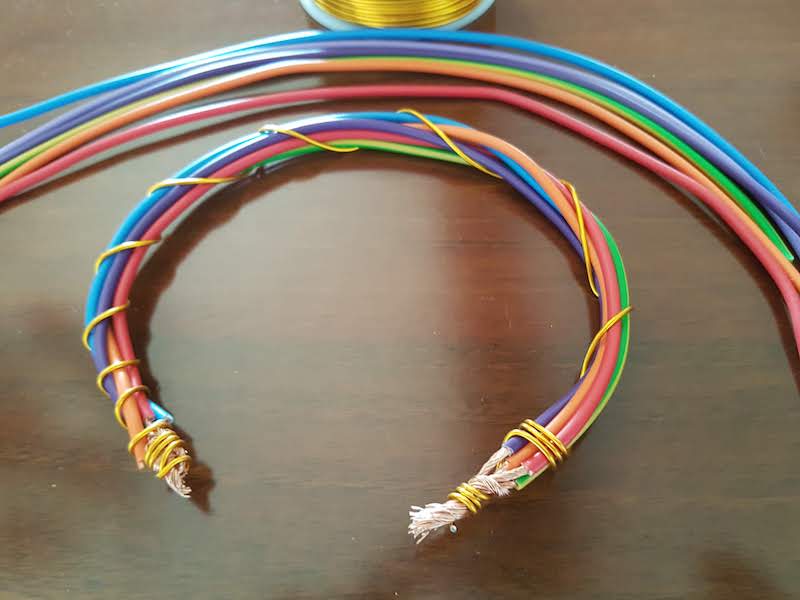
How to best use it :
Building it is simple, it’s a simple electric cable. It is sufficient to strip the two ends and place the ring at the base of the plant or placed on supports, if you also have copper wire available, even better. It is positioned in such a way that it rotates on itself, as in the photo, an energy field will develop all around.
If we have only 1 ring, the opening goes north and the 2 wires must not touch. With 2 rings of different diameters I can alternate North / South opening.
Recommended size: 30-32cm diameter, or 32cm wire length.
Main applications :
1. Directly at the base of plants or trees
2. On the main fruiting branches of plants
3. When planting a new plant, placing the ring on the bottom of the pit
4. Energize the seeds, placing them in the center of the ring
5. Energize the water for irrigation
MAGNETIC ANTENNAS AND CYLINDERS
A magnetic antenna is made starting from a copper pipe with a diameter of 7-9 cm (you can find it in Hardware), to which a brush for a chimney sweep is fixed, then it is fixed to a wooden pole to then connect everything with an electric cable to a series of galvanized metal mesh cylinders, filled with enough soil to finally plant the seedlings. You can choose to fix the antenna with the base directly in contact with the galvanized net so that you can directly transfer the energy to the cylinder, or you can insulate the terminal of the pole with insulating tape or a part of plastic pipe and connect various cables. standard electrical to the cylinders, as shown in the photos below.
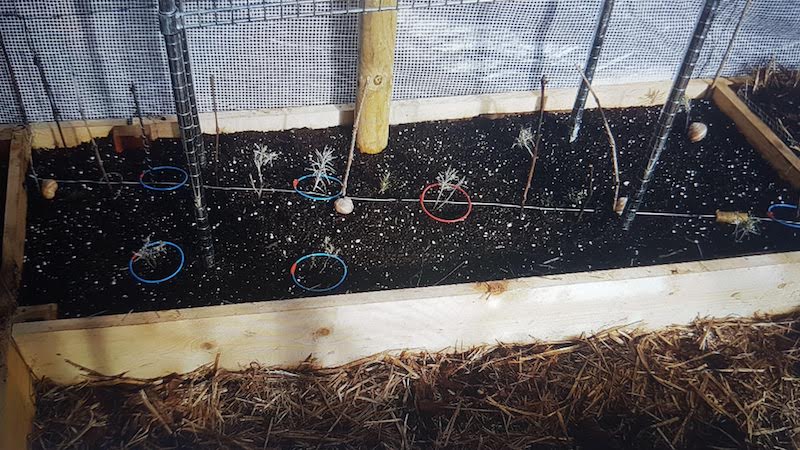
For self-construction you will need:
Galvanized iron net for rabbits, 1 roll, height 50 cm, 25 m (with this length I usually make about 20 cylinders with closure also below – in my opinion it is important to close below otherwise Moles or other animals can enter … such as rodents various …)
1 copper tube of 2.5 meters + 1 antenna, in my case made with a chimney sweep brush (but you can also recycle metal laundry hangers and make something similar)
Electric wire to connect, Wire cutter, Electrician scissors to strip wire, electrical tape for fixing or American / Optional: support pole + clamps for fixing
PYRAMID
The Pyramids used in DIY electroculture respect the golden ratio and are built in copper or wood. They have incredible powers that facilitate plant growth, production and resilience. The two types of pyramid used in electroculture are the Cheops pyramid and the Nubian one.
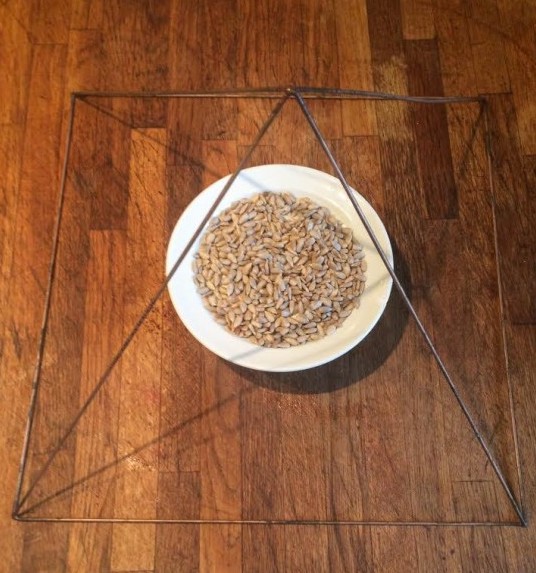
PYRAMID OF CHEOPS:
The proportions of the pyramid of Cheops are known and well known, studied and re-studied, but all you need to know is that the ratio between the height of the pyramid and the side of the base is equivalent to the inverse of the golden section, φ (“Greek phi “) ie 0.618033. According to this ratio it is therefore necessary to multiply the base (quadrangular) by 0.952 to obtain the upright.
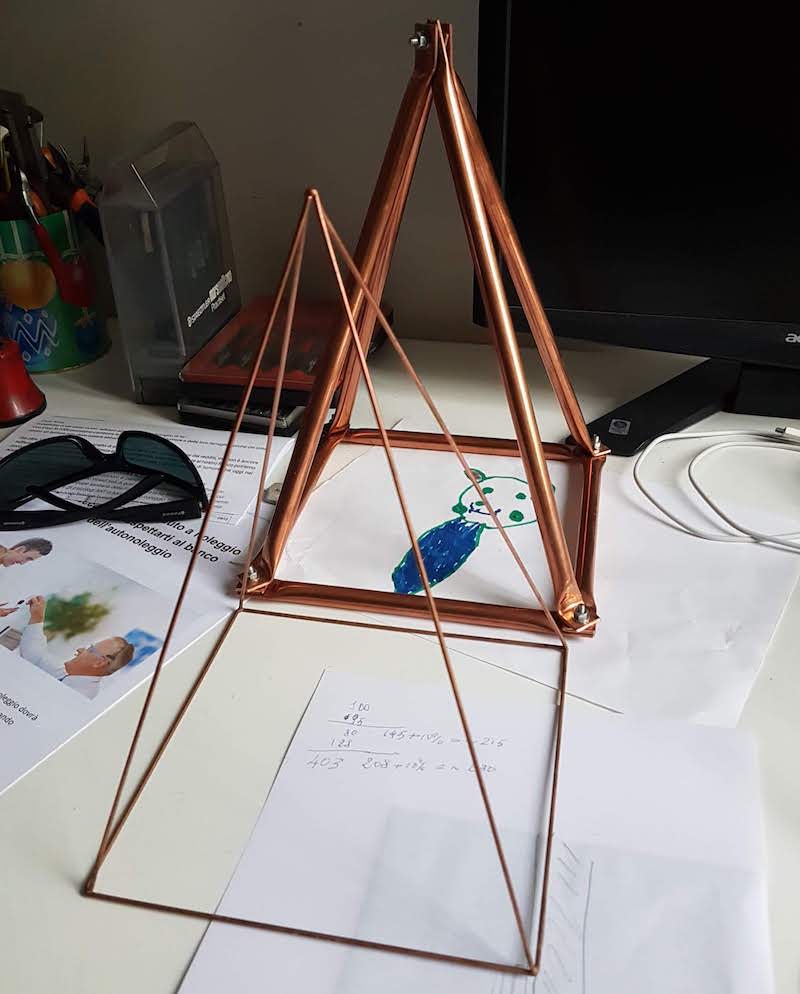
THE NUBIAN PYRAMID
In the Nubian the ratio between the Upright and the Base is equal to 1.618033. So in this case it will be necessary to multiply the long side of the base by 1.618033 to obtain the upright.
A pyramid can be used for:
Energize the seeds
Fertilize hectares of land
Store food
Help the health of animals, chickens, …
Energize water, wine, food
Meditation help
Stimulate elimination and purification
Increase the vitality of a place
Generate electricity
Neutralize radioactivity
Transmute elements
Generate negative ions
Generate harmonic frequencies
Health and wellness
Purify the surrounding air
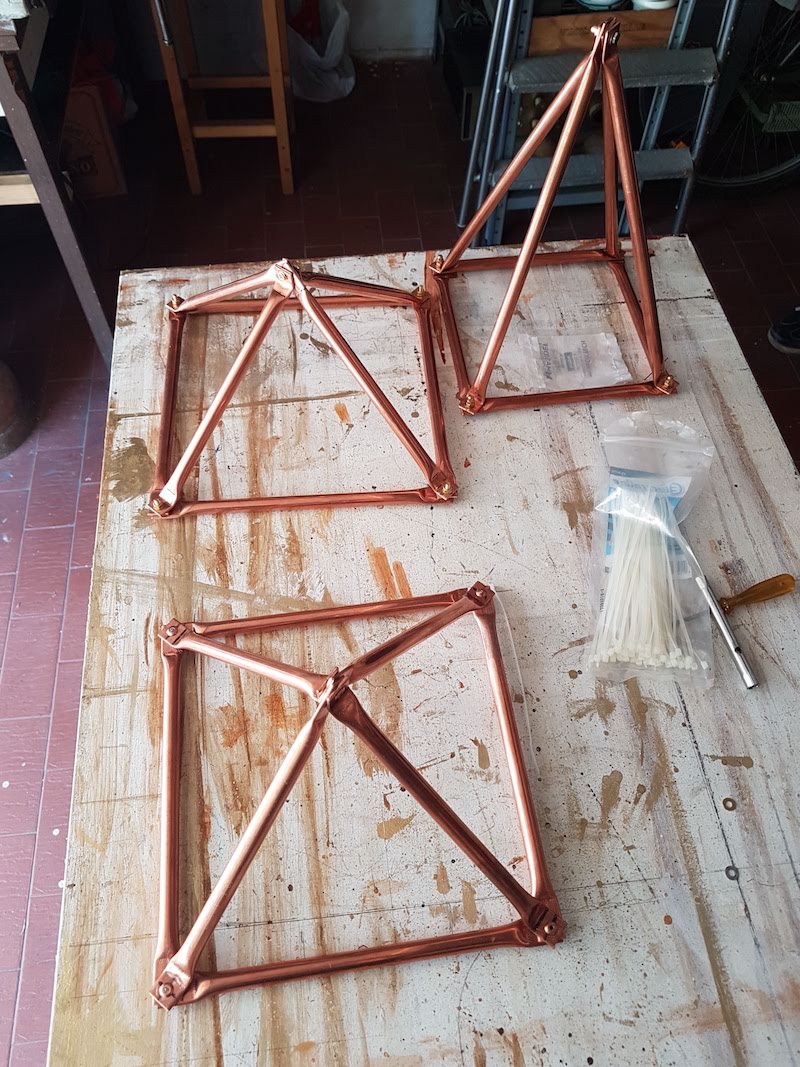
Ground Rules:
- Orientation of the 4 sides of the base according to the cardinal points
- Insert a spiral on the vertex to increase energy input
- The Copper Pyramid is the one with the best performance for pre-germination
- Avoid loading / sowing during these phases of the moon: Apogee / ascending or descending node – Perigee (negative influences on plants)
- Direct positive intent for the crop
Construction sequence:
- 1) Choose the type of pyramid to build, noting the measurements: Base and Upright
- 2) Mark the measurements for the cuts on the copper or wooden bars (example Cheops: 4 pieces of 25 cm and 4 pieces of 23,8 cm for the classic pyramid) (Nubian example: 4 pieces of 20 cm and 4 pieces of 32,26 cm)
- 3) Make the cuts obtaining 4 pieces for the base and 4 uprights
- 4) Mark a distance of 2 cm on each piece from the edge
- 5) Squeeze the tube in a vice to flatten it, compared to the 2 cm marked
- 6) Mark a point 6 mm from the edge, which we will need to make the 4 mm junction holes
- 7) Drill all 8 pieces
- 8) At this point, the work is finished for the bases
- 9) The uprights must be placed in a vice and must be worked by bending them, to create an angle that facilitates coupling, always see the sample pyramid as a reference.
- 10) Once the corners have been modeled, proceed with the assembly
- 11) It is advisable to always use the same material and not to mix other metals to avoid inertness
- 12) Assembly with copper rivets from 12 – 16 mm diameter 4 mm
- 13) Assembly with copper screws or compatible metals (Brass)
List of Materials / Equipment:
- Copper bar diameter 12, 14 mm, of suitable size
- Copper rivets or screws + Riveter / alternatively screws and bolts
- Vice, saw, deburring file, 4 mm drill bit
GENESA CRYSTAL
The Genesa Crystal represents the set of all five Platonic solids.
It is a harmonizing agent that is used in small and large crops both in greenhouses and in the open field for rebalancing and energizing plants and the ecosystem.
The Genesa is positioned in the center of the area affected by cultivation expressing an intent of life, of energy, for all vital forms, creating an energy field dedicated to the cultivated area, which we will visualize during the intent phase. they accompany the development of plants which obviously are always evolving.
In addition to the intent, it is also possible to insert a leaf, an element, a piece of one particular plant if we want to work on the positive energy of that cultivation specific, perhaps to improve endurance, or flowering, rather than the phase of fruit development.
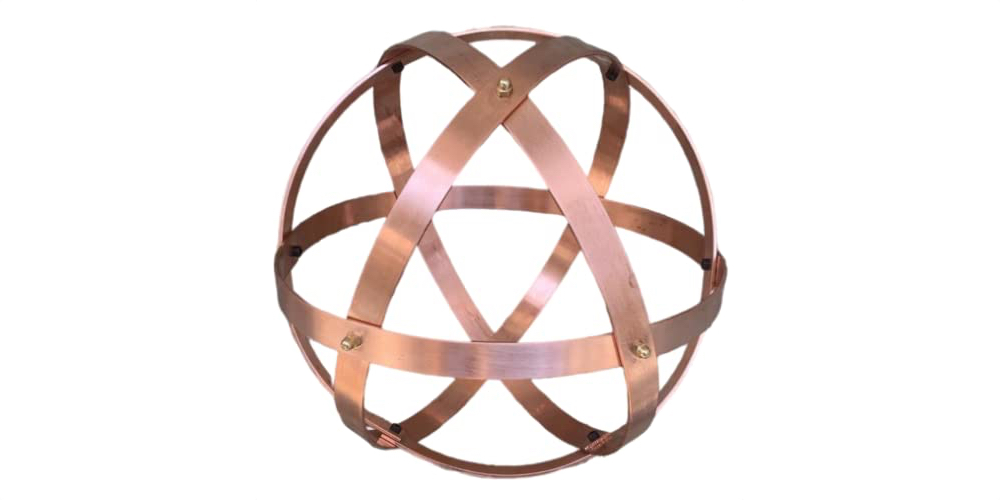
The Genesa is positioned in the center of the area affected by cultivation expressing an intent of life, of energy, for all vital forms, creating an energy field dedicated to the cultivated area, which we will visualize during the intent phase. they accompany the development of plants which obviously are always evolving.
In addition to the intent, it is also possible to insert a leaf, an element, a piece of one particular plant if we want to work on the positive energy of that cultivation specific, perhaps to improve endurance, or flowering, rather than the phase of fruit development.
Alcune Regole di Base per sperimentare positivamente l’Elettrocultura fai da te
- Avoid soils that are too humid
- Proximity to high voltage power lines is strongly discouraged
- Do not place the antenna under a tree, against a wall or near a taller building, better in open / free fields
- If possible, remove other metal objects higher than the antenna in the area, this will allow the concentration of energy on the antenna
- Avoid overhead metal objects / wires (telephone cables, electrical cables, etc.)
- Respect the positioning according to the cardinal points (Pyramid in particular and rings)
NB: for Lakhovsky Rings / Antenna, never connect the 2 ends, the ring must remain open. Direct the opening of the ring to the north and do not let the plants touch the uncovered copper parts.


